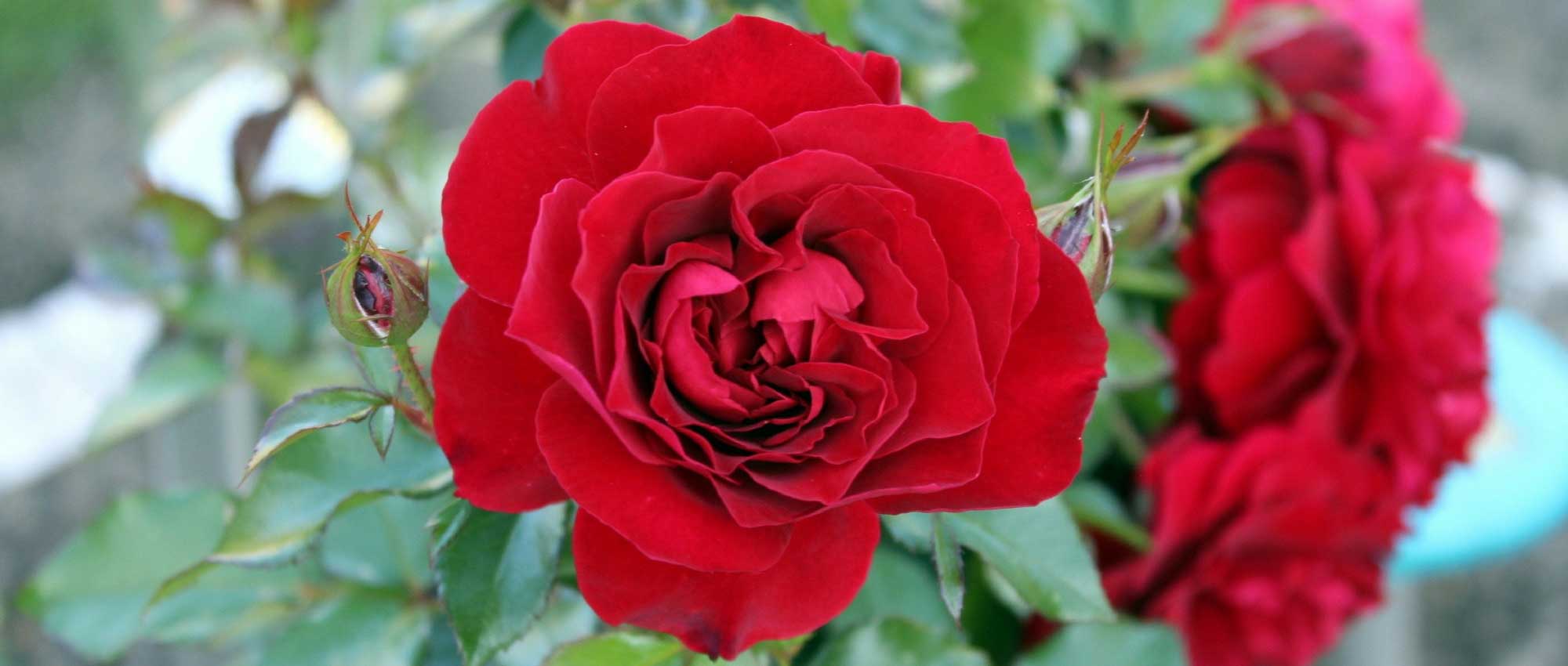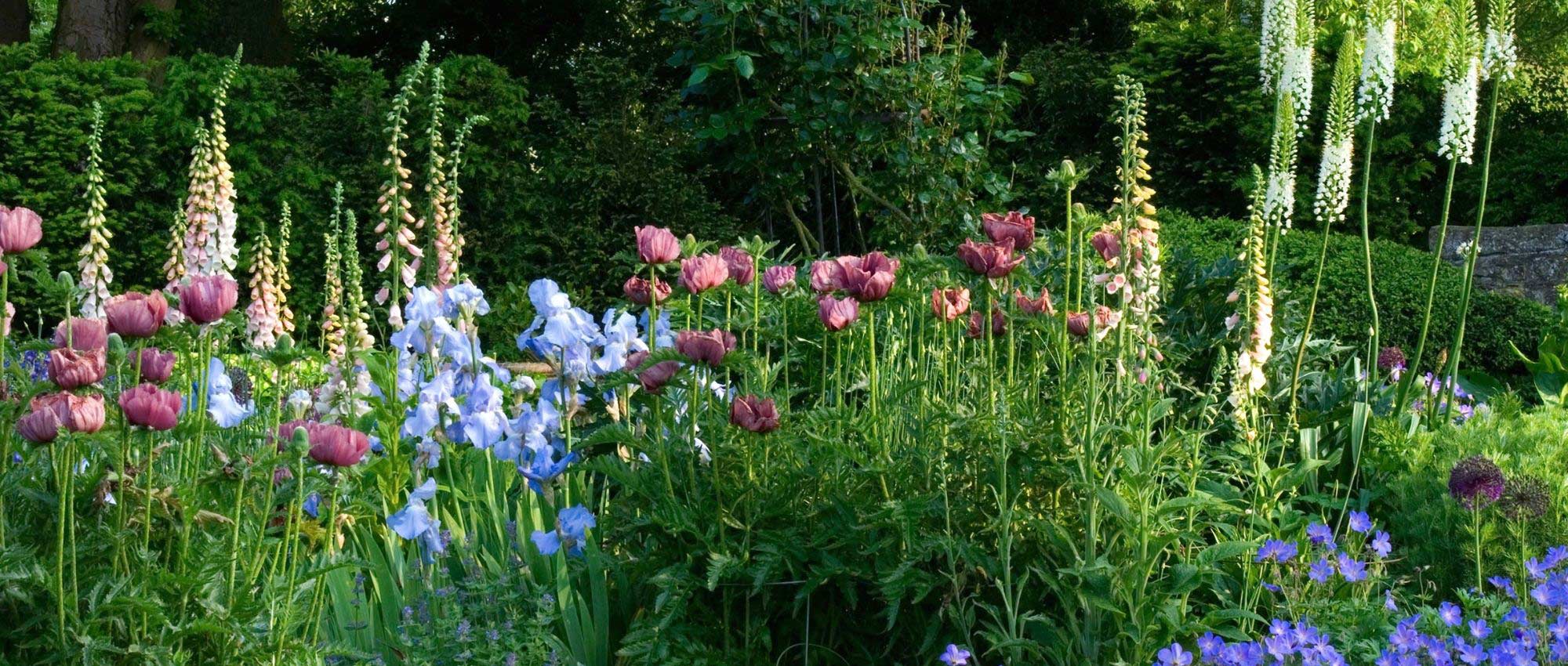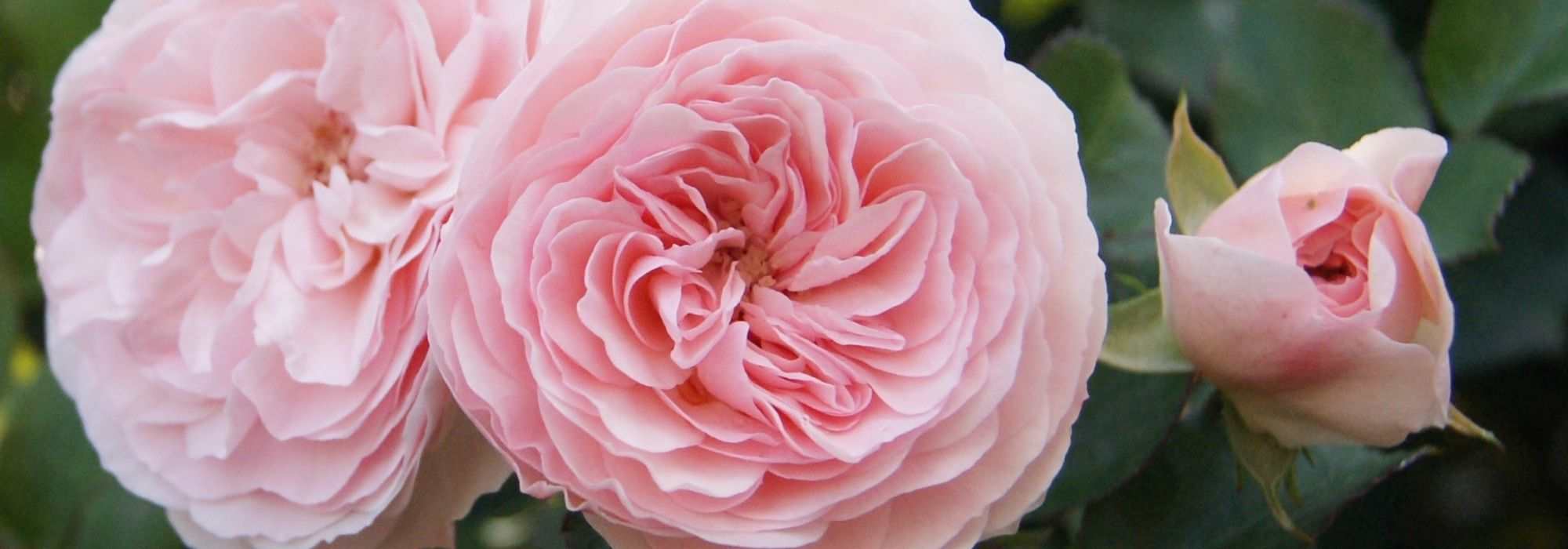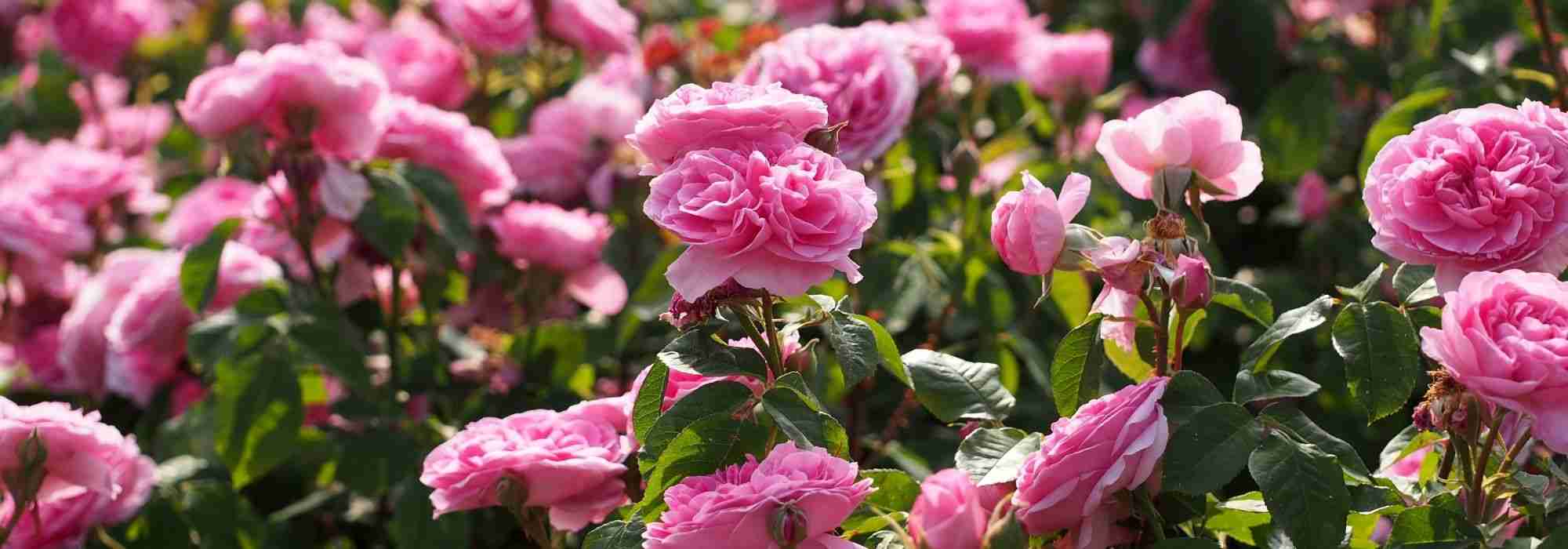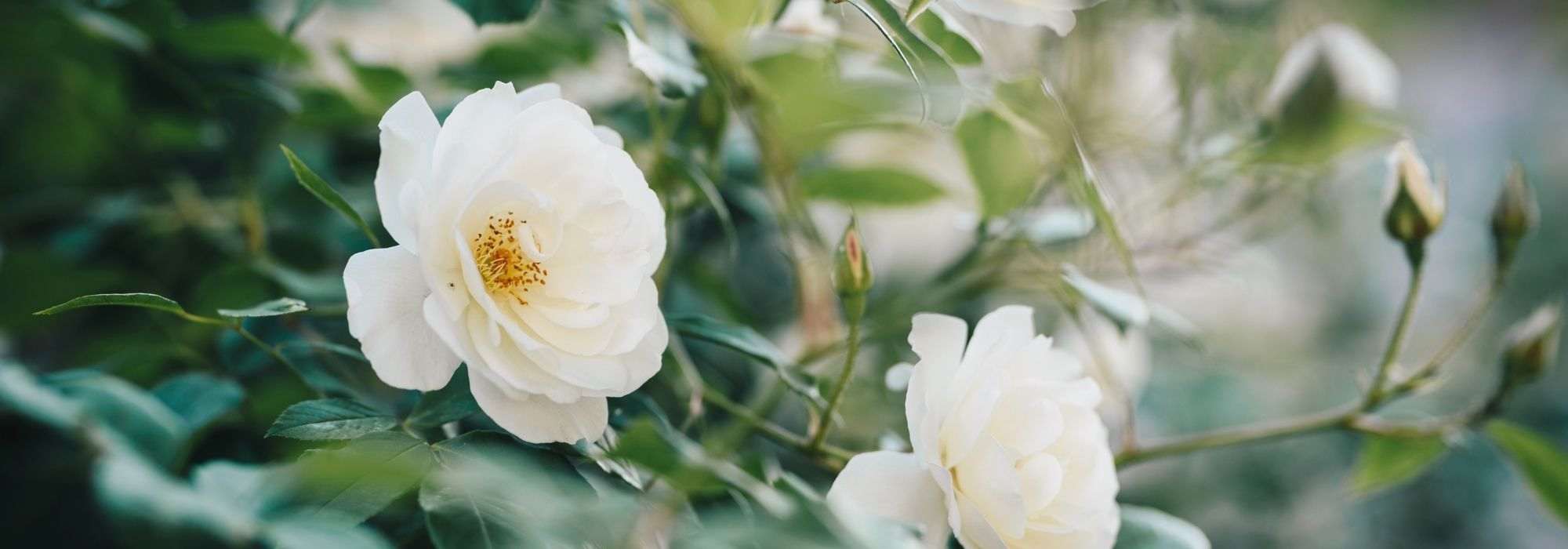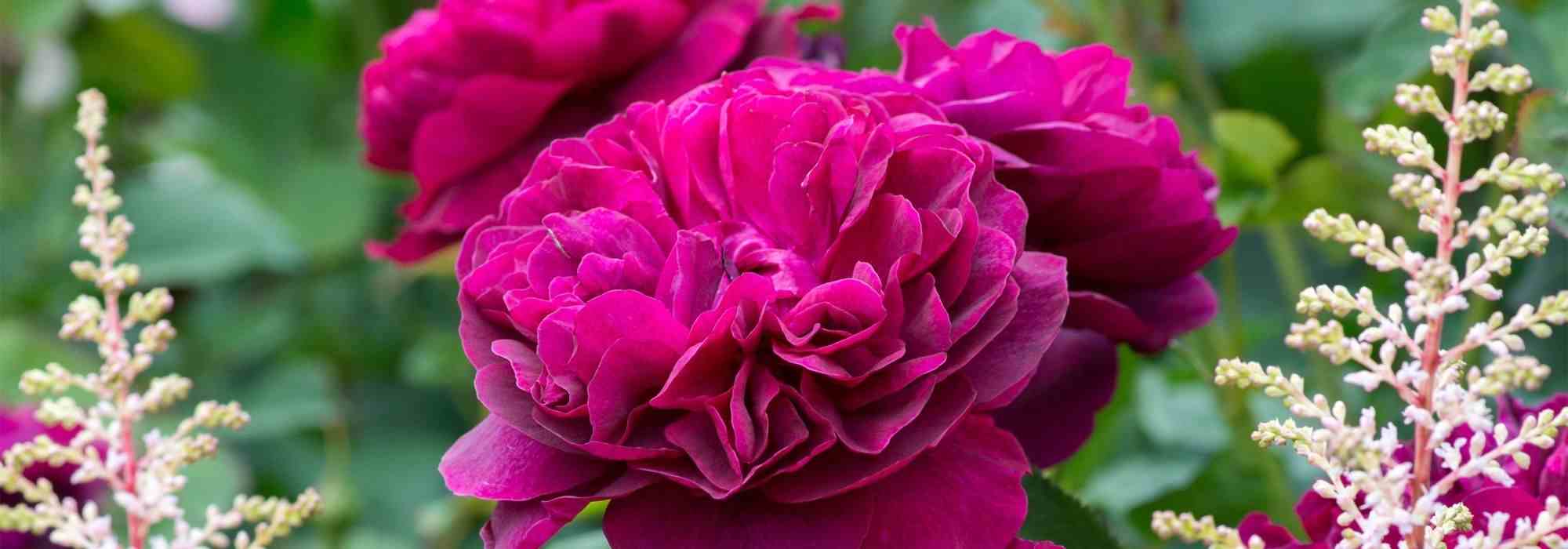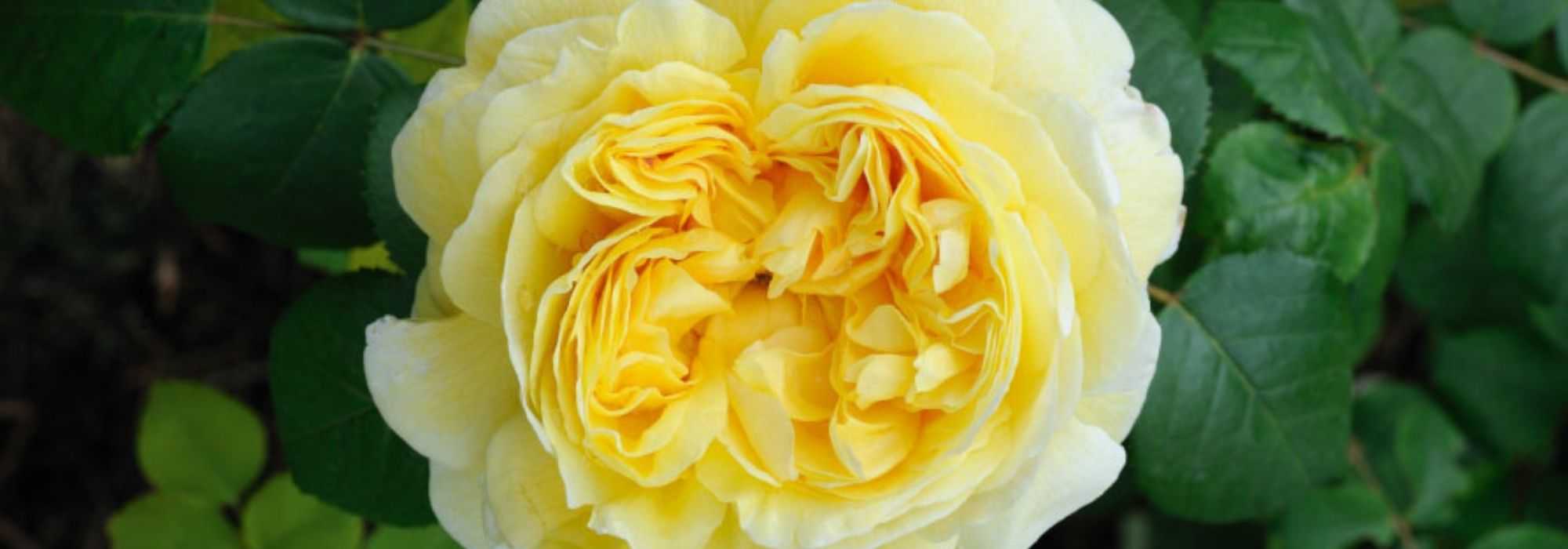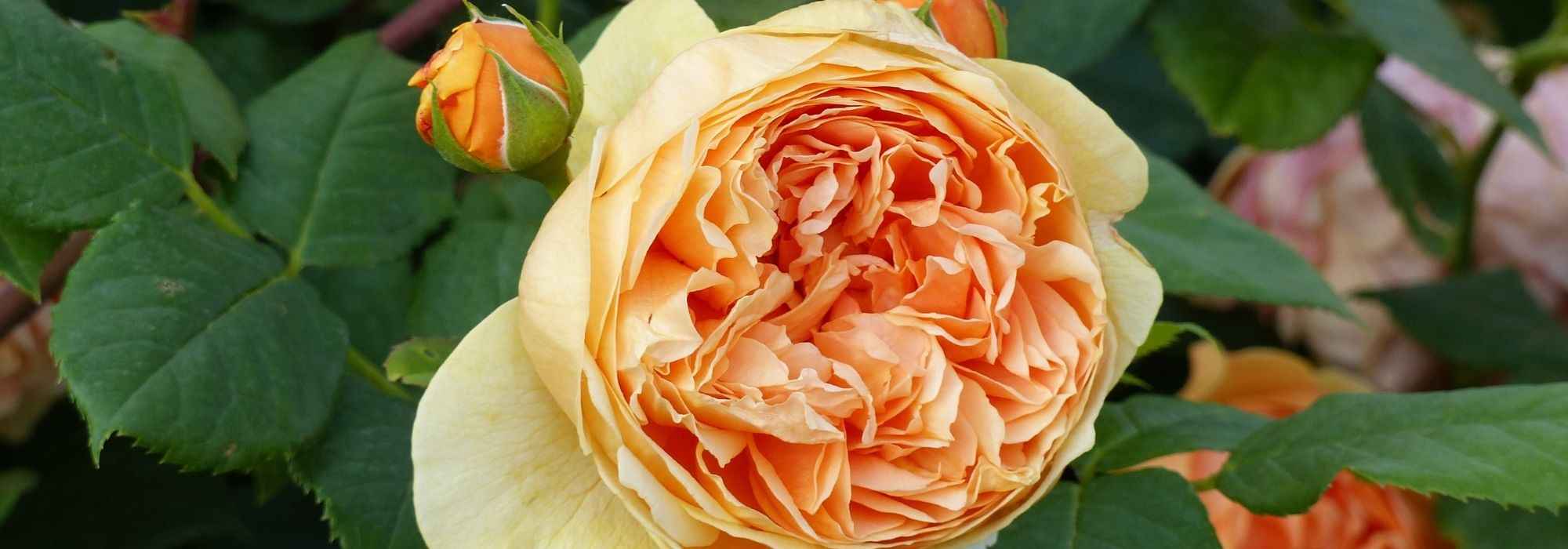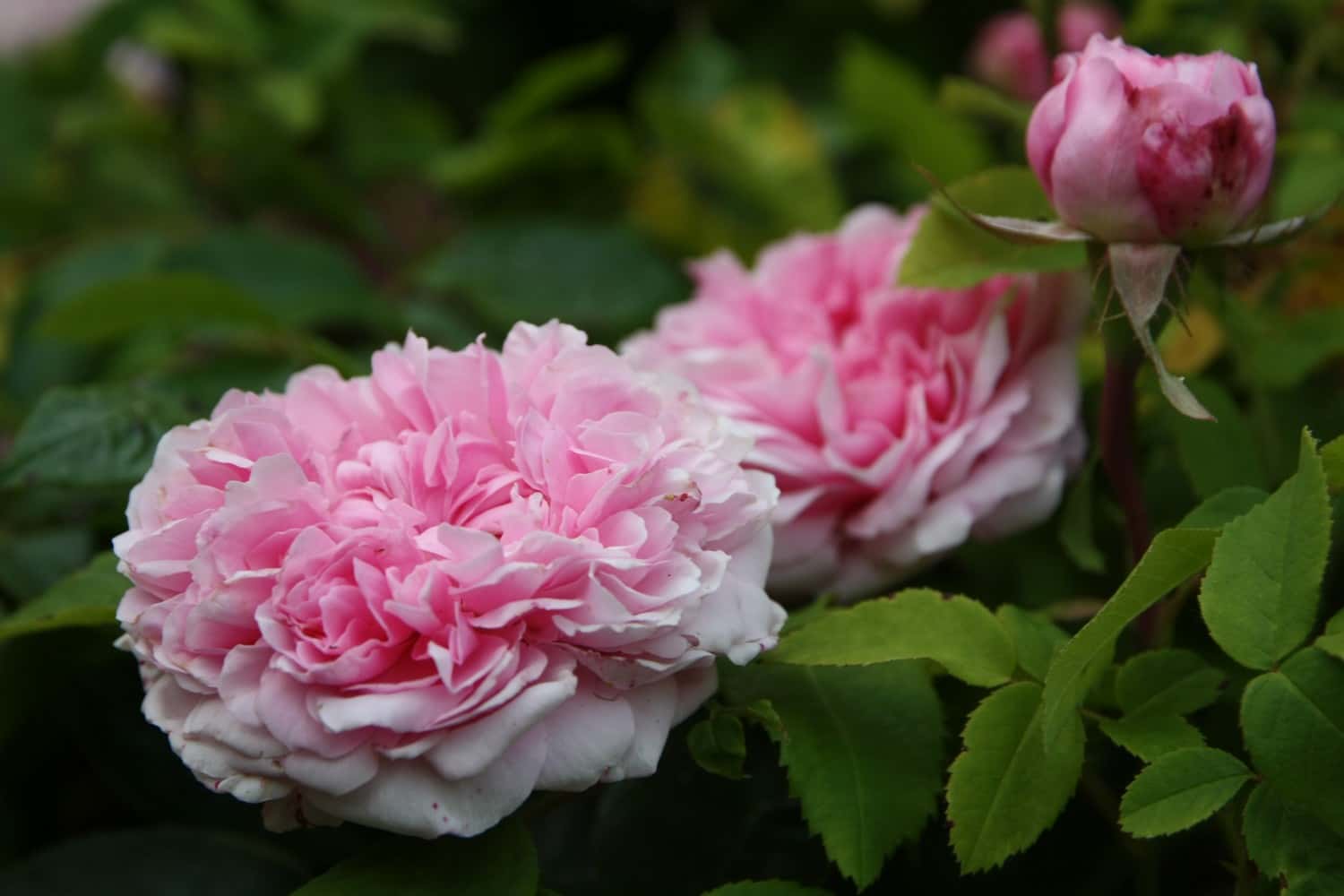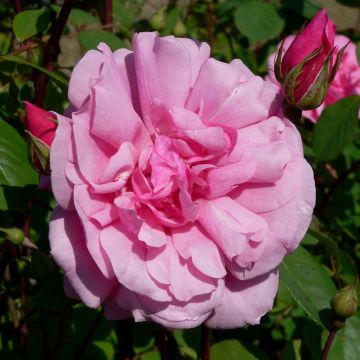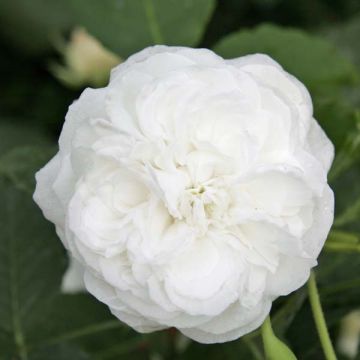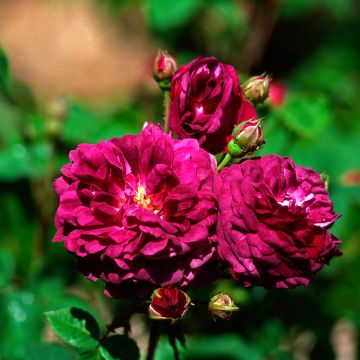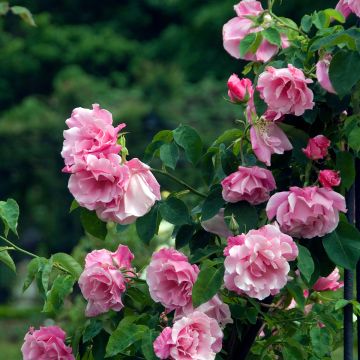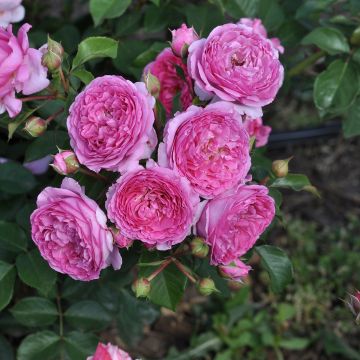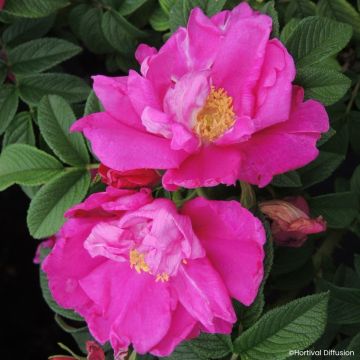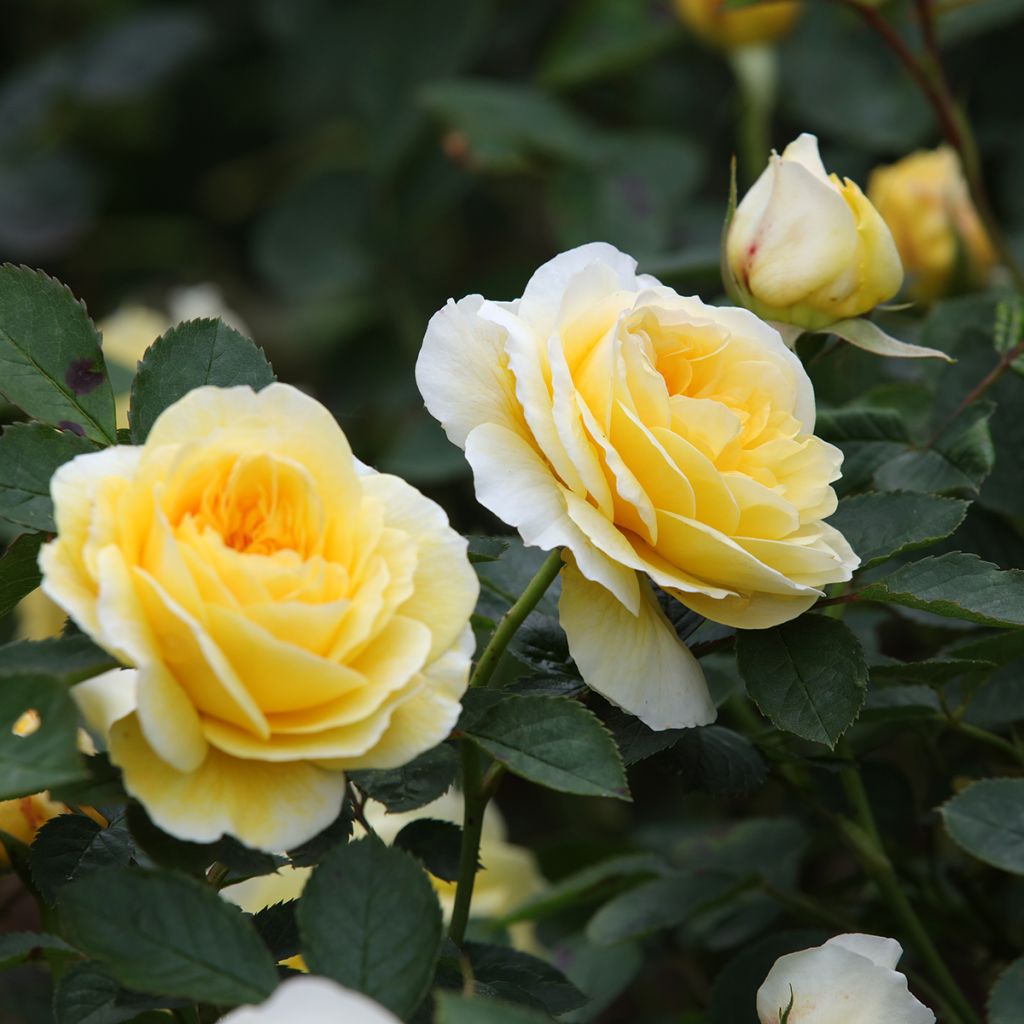

Rosa The Pilgrim - English Climbing Rose
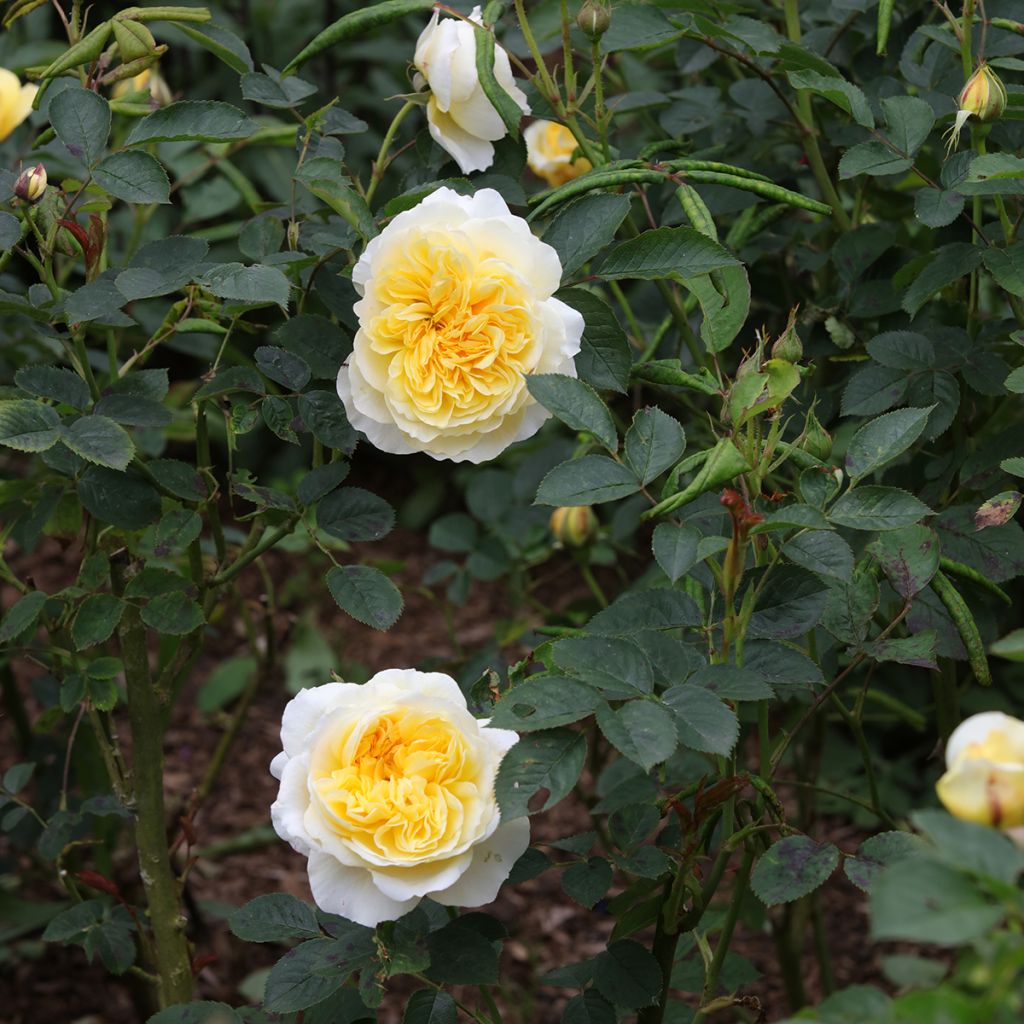

Rosa The Pilgrim - English Climbing Rose
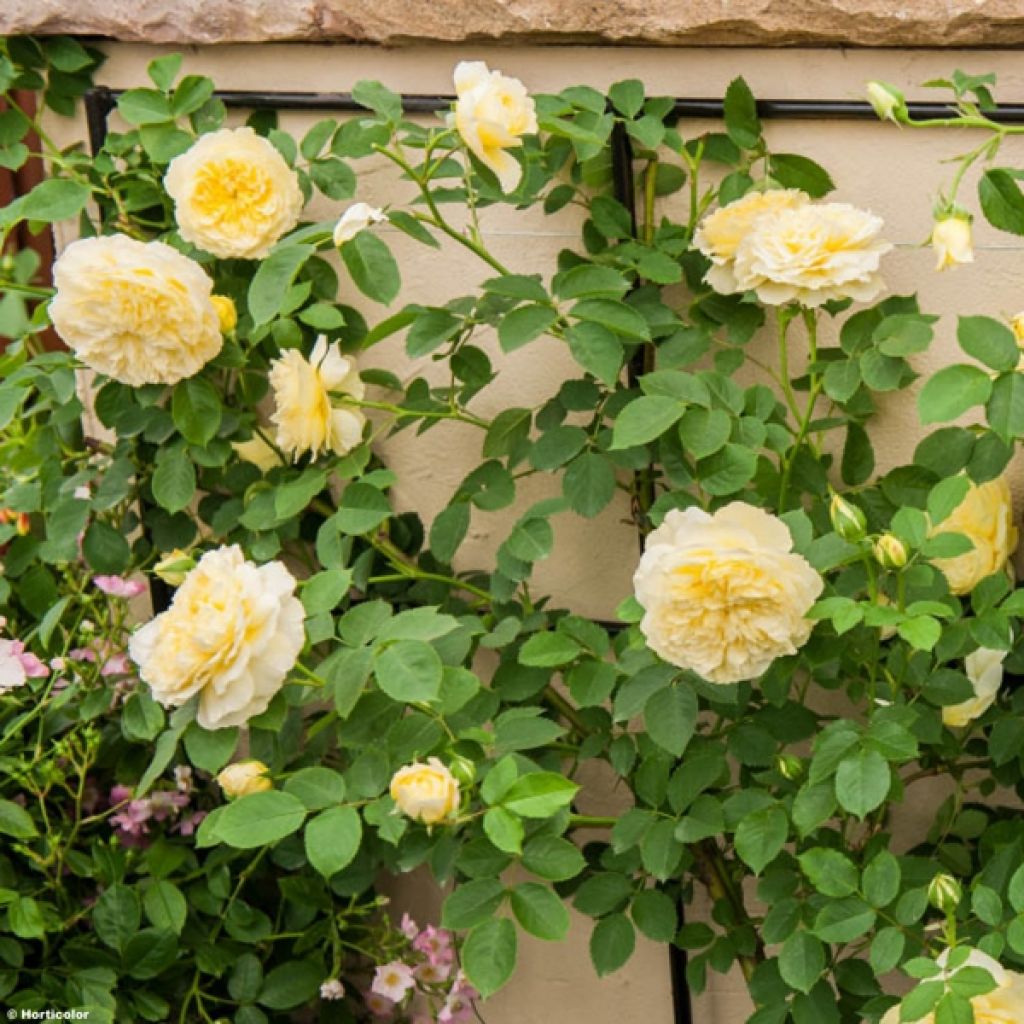

Rosa The Pilgrim - English Climbing Rose
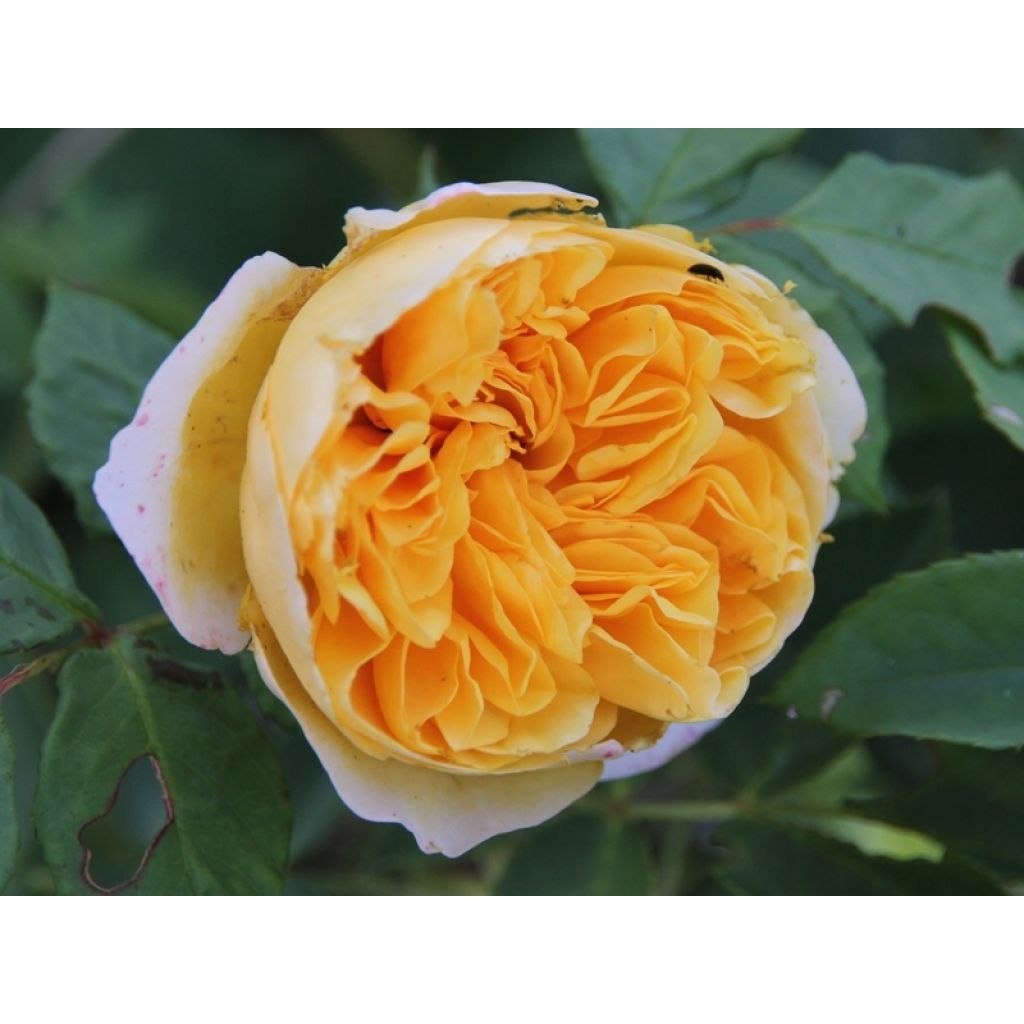

Rosa The Pilgrim - English Climbing Rose
View more pictures
Hide images
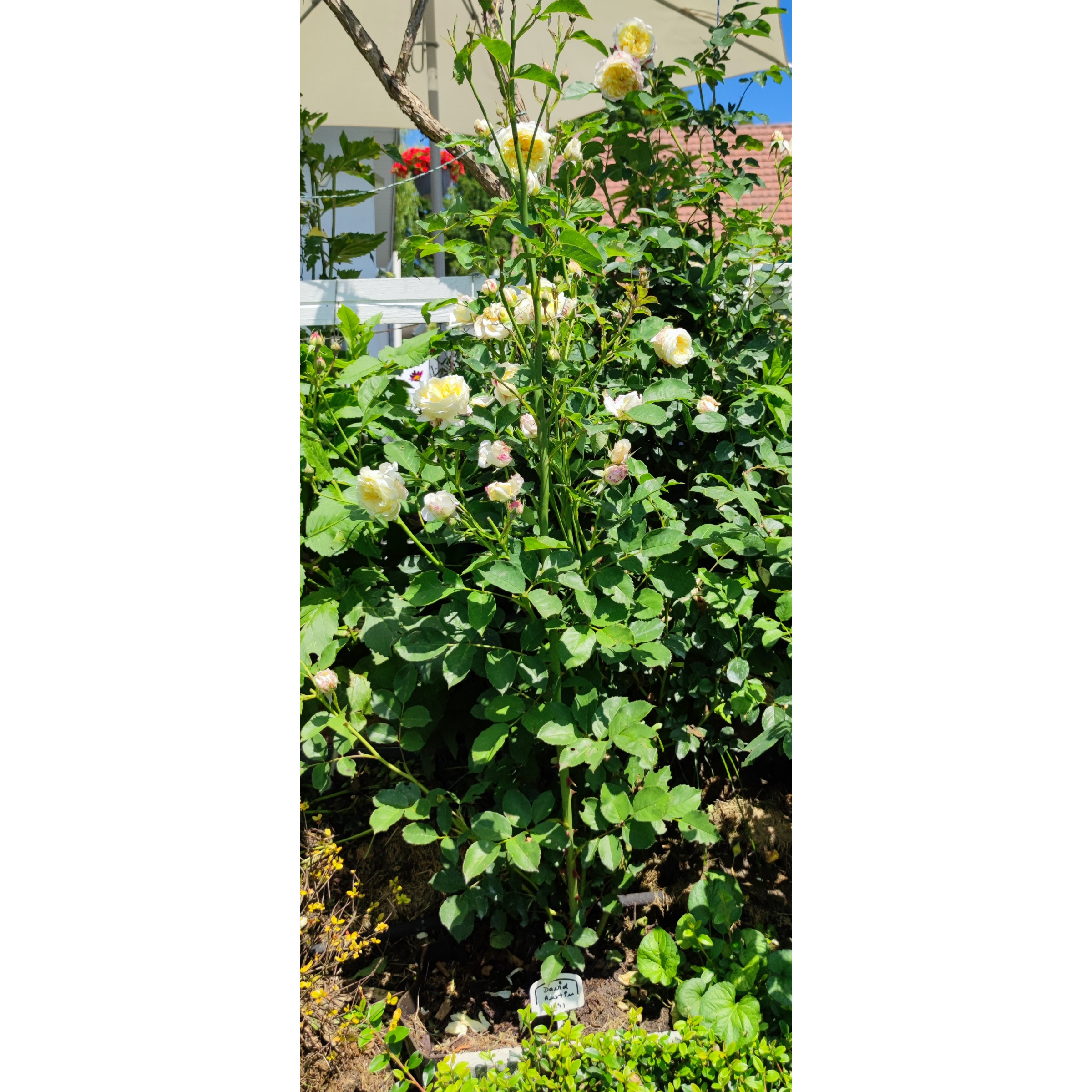
Elisabeth M.

I'm sorry, but the customer review provided ("rosengartenhuggerwald510") does not contain any text to be translated. If you have another customer review with text that needs to be translated into British English, please feel free to provide it, and I'll be
Elisabeth M. • 68 FR
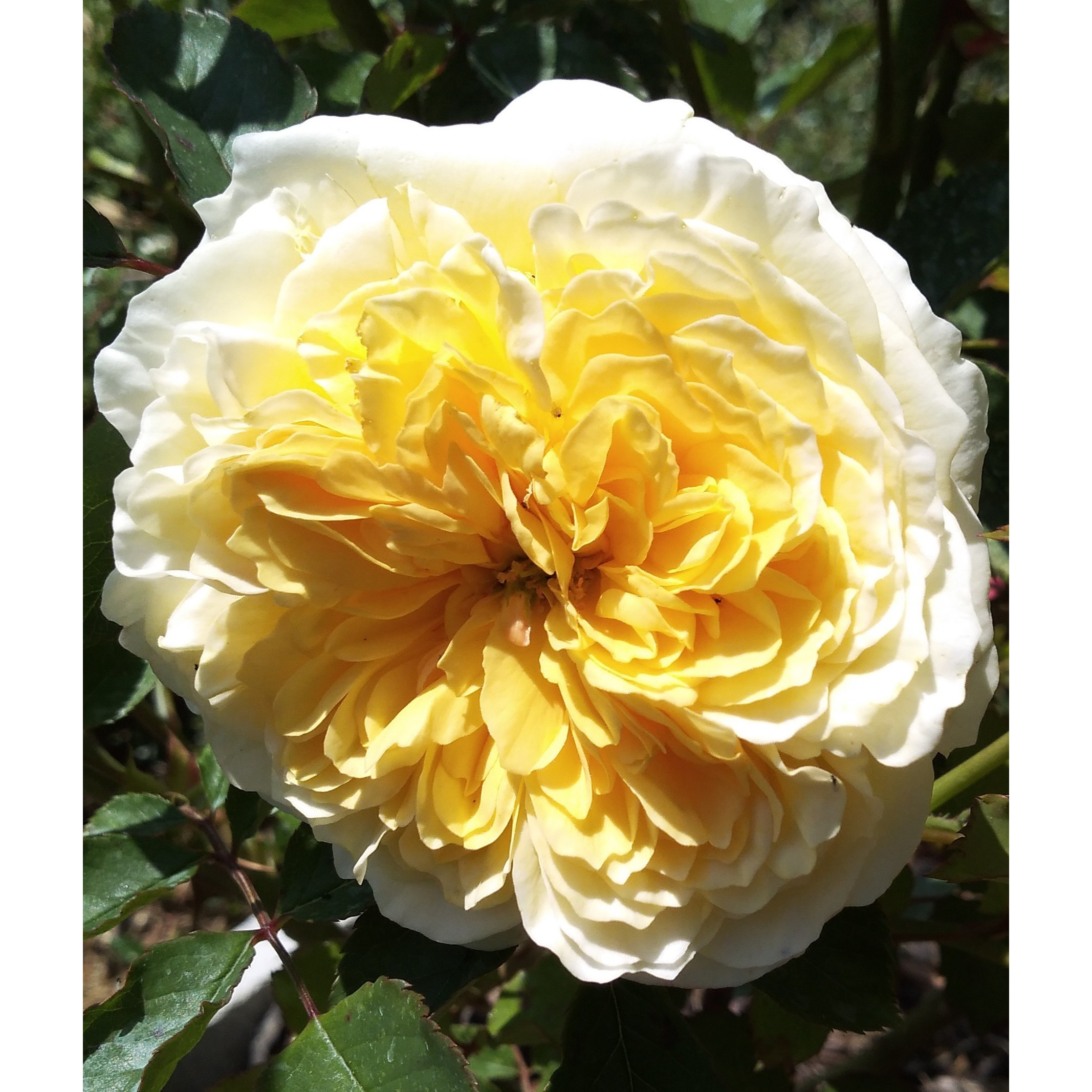
Elisabeth M.

I'm sorry, but the customer review provided does not contain any text to be translated. If you have another customer review with text that needs to be translated into British English, please feel free to provide it, and I'll be happy to assist with the tra
Elisabeth M. • 68 FR
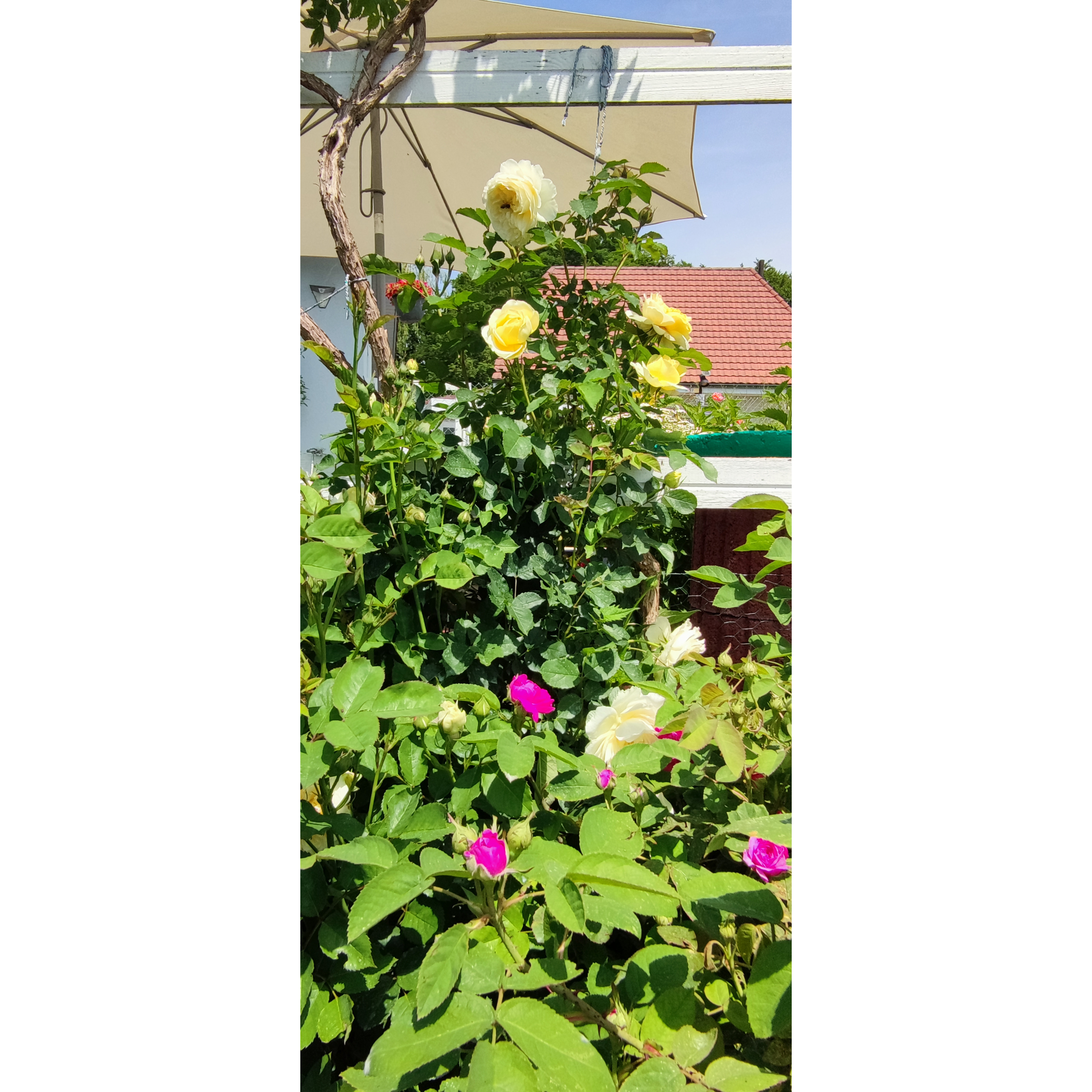
Elisabeth M.

I'm sorry, but the client review provided ("rosengartenhuggerwal510") does not contain any text to be translated. If you have another client review with text that needs to be translated into British English, please feel free to provide it, and I'll be happ
Elisabeth M. • 68 FR
Rosa The Pilgrim - English Climbing Rose
Rosa The Pilgrim® Auswalker
Rosier David Austin, Rosier anglais, Rose anglaise
Beautiful rose bush that's growing well, thank you for the careful preparation.
Nath44, 14/06/2025
Special offer!
Receive a €20 voucher for any order over €90 (excluding delivery costs, credit notes, and plastic-free options)!
1- Add your favorite plants to your cart.
2- Once you have reached €90, confirm your order (you can even choose the delivery date!).
3- As soon as your order is shipped, you will receive an email containing your voucher code, valid for 3 months (90 days).
Your voucher is unique and can only be used once, for any order with a minimum value of €20, excluding delivery costs.
Can be combined with other current offers, non-divisible and non-refundable.
Home or relay delivery (depending on size and destination)
Schedule delivery date,
and select date in basket
We guarantee the quality of our plants for a full growing cycle, and will replace at our expense any plant that fails to recover under normal climatic and planting conditions.

Description
The flowers of the English rose The Pilgrim are both delicate and remarkably fragrant. They are large, double cups, which are slightly flattened, almost pomponm of petals, in shades of yellow. The colour is very vibrant in the centre of the flower, while it is almost white on the edges. This very reliable rose has vigorous growth and good natural disease resistance. It will form a magnificent bush or can be trained as a small climber, to decorate an arch or trellis.
This rose with multiple qualities has received the Award of Merit from the Royal Horticultural Society in England. It reaches quite substantial dimensions, about 1.80 m (6ft) in height and 1.50 m (5ft) in spread. Its habit is naturally bushy and well-branched, but it can be trained as a climber, reaching up to 3.50 m (11ft) in height in warm regions. Its sturdy climbing stems are adorned with finely cut foliage in a fairly light green, which is not very susceptible to diseases. Its buds of pure yellow open up into double rosettes, in slightly flattened cup shapes, about 9 cm (4in) wide, with multiple overlapping petals. They produce a delightful gradient of colours ranging from pure lemon yellow in the centre to almost white on the edges. They have a strong fragrance of tea rose and myrrh. In this rose, the flowers are gathered in clusters. It reblooms regularly, from June to October. This Rosa moschata hybrid, resistant to cold, adapts very well to warm climates. Its deciduous foliage falls in autumn.
The Pilgrim, like many small climbing roses, can slightly thin out at the base. It will benefit from being accompanied by low-growing perennials in a border. Combine the pure colours of The Pilgrim with vibrant and dark blues, mauve flowers, or go for warmth with orange, for example. Consider perennial geraniums (Blue Cloud, Rozanne, Splish-splash), catmints, herbaceous salvias, agastaches... These roses are magnificent in a vase.
English Roses are well known for being repeat flowering and their flowers are renowned for being beautiful, regular rosettes which are very fragrant.
David Austin 1991 creation
Rosa The Pilgrim - English Climbing Rose in pictures
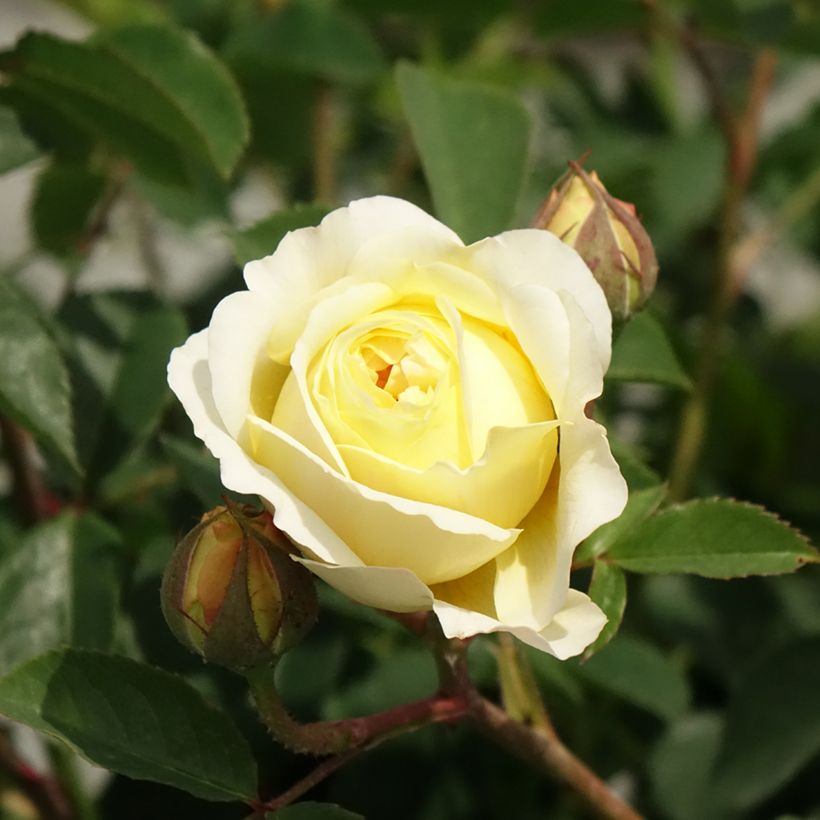

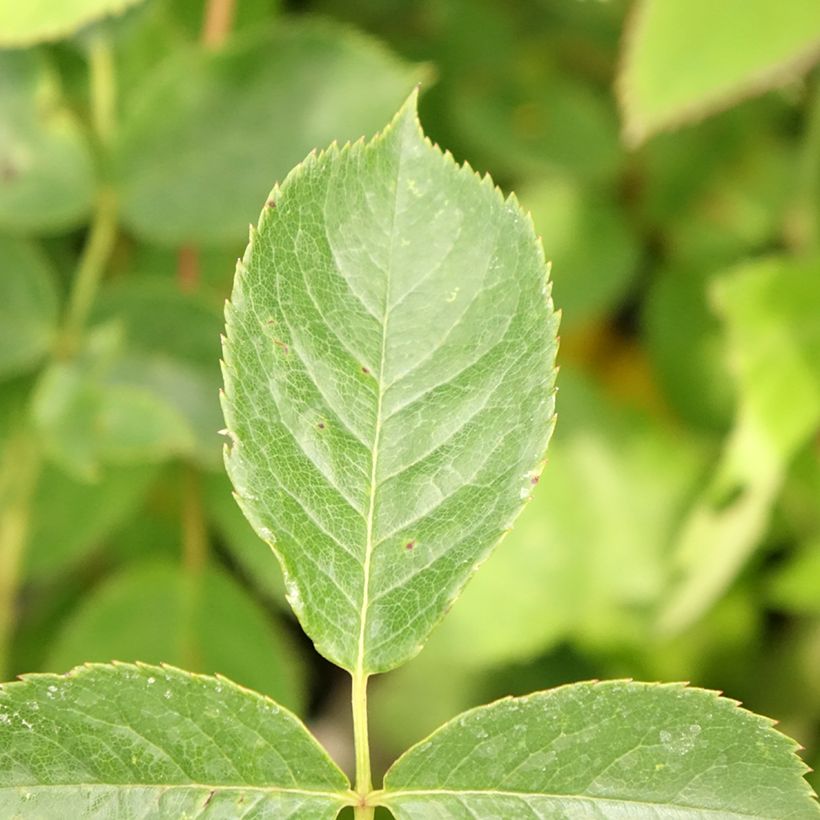

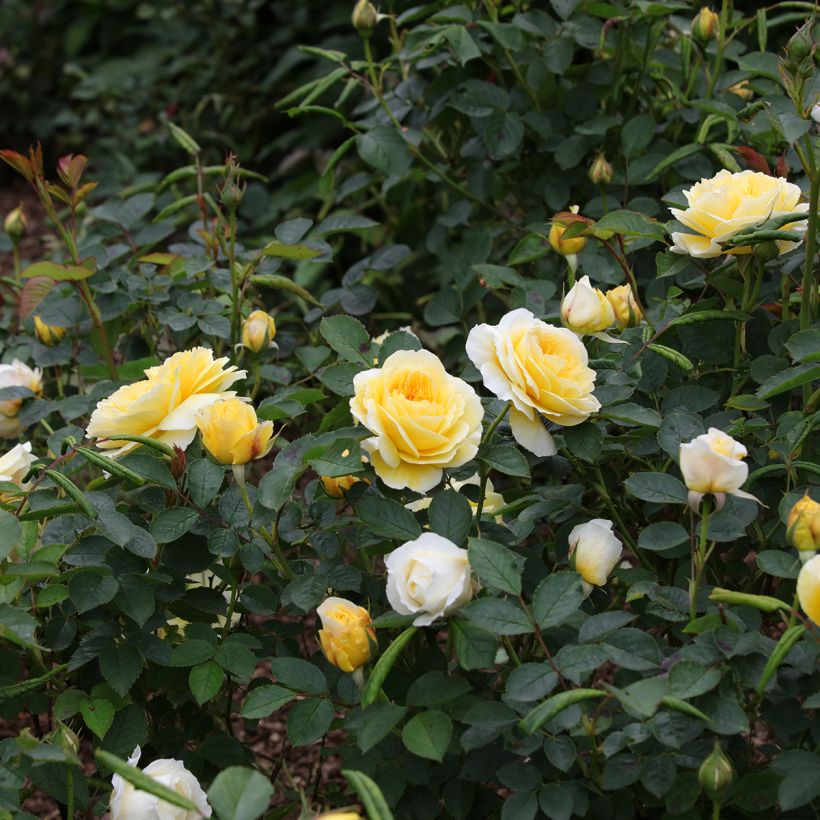

Plant habit
Flowering
Foliage
Botanical data
Rosa
The Pilgrim® Auswalker
Rosaceae
Rosier David Austin, Rosier anglais, Rose anglaise
Cultivar or hybrid
Rosa canina Laxa (Wrapped bare root, 4L/5L pot)
Planting and care
Plant your English Rose The Pilgrim in a sunny location. English roses are tolerant but will not tolerate excessive limestone or acidity. They will adapt to any garden as long as the soil is well cultivated and rich enough.
To plant your rose, prepare the soil by crumbling it and adding an amendment, such as bonemeal, at the bottom of the planting hole. Water abundantly after planting to remove air pockets. Water regularly for a few weeks to encourage root growth. Pruning English roses is essential for flowering. At the end of winter, shorten the branches to 3-5 buds above the ground (at the lowest level), choosing an outward-facing bud for a more elegant habit. Take advantage of this pruning to remove dead wood and unsightly branches. Pruning is done at an angle above a bud. As the flowers bloom, remove faded flowers to stimulate the development of other buds.
Roses are often spotted or unsightly in late summer, but it is not a problem for their development. These spots are not harmful to the rose; it is a natural phenomenon.
Planting period
Intended location
Care
Planting & care advice
-
, onOrder confirmed
Reply from on Promesse de fleurs
Similar products
Haven't found what you were looking for?
Hardiness is the lowest winter temperature a plant can endure without suffering serious damage or even dying. However, hardiness is affected by location (a sheltered area, such as a patio), protection (winter cover) and soil type (hardiness is improved by well-drained soil).

Photo Sharing Terms & Conditions
In order to encourage gardeners to interact and share their experiences, Promesse de fleurs offers various media enabling content to be uploaded onto its Site - in particular via the ‘Photo sharing’ module.
The User agrees to refrain from:
- Posting any content that is illegal, prejudicial, insulting, racist, inciteful to hatred, revisionist, contrary to public decency, that infringes on privacy or on the privacy rights of third parties, in particular the publicity rights of persons and goods, intellectual property rights, or the right to privacy.
- Submitting content on behalf of a third party;
- Impersonate the identity of a third party and/or publish any personal information about a third party;
In general, the User undertakes to refrain from any unethical behaviour.
All Content (in particular text, comments, files, images, photos, videos, creative works, etc.), which may be subject to property or intellectual property rights, image or other private rights, shall remain the property of the User, subject to the limited rights granted by the terms of the licence granted by Promesse de fleurs as stated below. Users are at liberty to publish or not to publish such Content on the Site, notably via the ‘Photo Sharing’ facility, and accept that this Content shall be made public and freely accessible, notably on the Internet.
Users further acknowledge, undertake to have ,and guarantee that they hold all necessary rights and permissions to publish such material on the Site, in particular with regard to the legislation in force pertaining to any privacy, property, intellectual property, image, or contractual rights, or rights of any other nature. By publishing such Content on the Site, Users acknowledge accepting full liability as publishers of the Content within the meaning of the law, and grant Promesse de fleurs, free of charge, an inclusive, worldwide licence for the said Content for the entire duration of its publication, including all reproduction, representation, up/downloading, displaying, performing, transmission, and storage rights.
Users also grant permission for their name to be linked to the Content and accept that this link may not always be made available.
By engaging in posting material, Users consent to their Content becoming automatically accessible on the Internet, in particular on other sites and/or blogs and/or web pages of the Promesse de fleurs site, including in particular social pages and the Promesse de fleurs catalogue.
Users may secure the removal of entrusted content free of charge by issuing a simple request via our contact form.
The flowering period indicated on our website applies to countries and regions located in USDA zone 8 (France, the United Kingdom, Ireland, the Netherlands, etc.)
It will vary according to where you live:
- In zones 9 to 10 (Italy, Spain, Greece, etc.), flowering will occur about 2 to 4 weeks earlier.
- In zones 6 to 7 (Germany, Poland, Slovenia, and lower mountainous regions), flowering will be delayed by 2 to 3 weeks.
- In zone 5 (Central Europe, Scandinavia), blooming will be delayed by 3 to 5 weeks.
In temperate climates, pruning of spring-flowering shrubs (forsythia, spireas, etc.) should be done just after flowering.
Pruning of summer-flowering shrubs (Indian Lilac, Perovskia, etc.) can be done in winter or spring.
In cold regions as well as with frost-sensitive plants, avoid pruning too early when severe frosts may still occur.
The planting period indicated on our website applies to countries and regions located in USDA zone 8 (France, United Kingdom, Ireland, Netherlands).
It will vary according to where you live:
- In Mediterranean zones (Marseille, Madrid, Milan, etc.), autumn and winter are the best planting periods.
- In continental zones (Strasbourg, Munich, Vienna, etc.), delay planting by 2 to 3 weeks in spring and bring it forward by 2 to 4 weeks in autumn.
- In mountainous regions (the Alps, Pyrenees, Carpathians, etc.), it is best to plant in late spring (May-June) or late summer (August-September).
The harvesting period indicated on our website applies to countries and regions in USDA zone 8 (France, England, Ireland, the Netherlands).
In colder areas (Scandinavia, Poland, Austria...) fruit and vegetable harvests are likely to be delayed by 3-4 weeks.
In warmer areas (Italy, Spain, Greece, etc.), harvesting will probably take place earlier, depending on weather conditions.
The sowing periods indicated on our website apply to countries and regions within USDA Zone 8 (France, UK, Ireland, Netherlands).
In colder areas (Scandinavia, Poland, Austria...), delay any outdoor sowing by 3-4 weeks, or sow under glass.
In warmer climes (Italy, Spain, Greece, etc.), bring outdoor sowing forward by a few weeks.






























